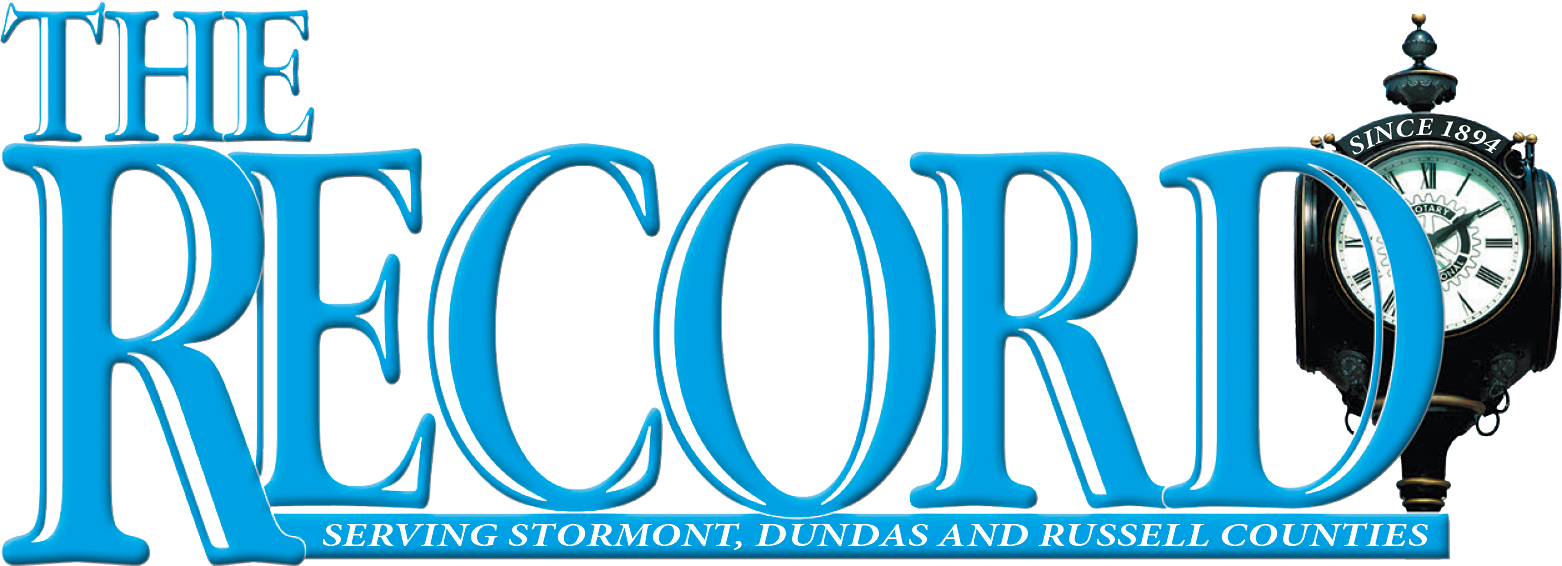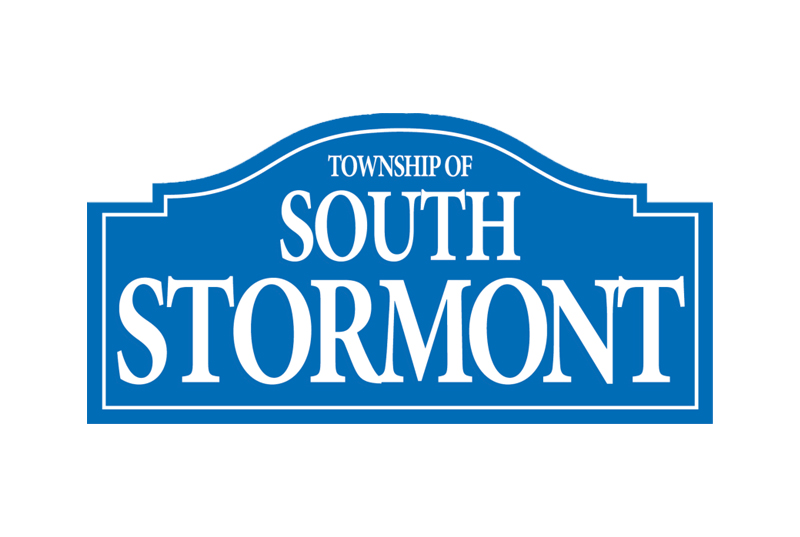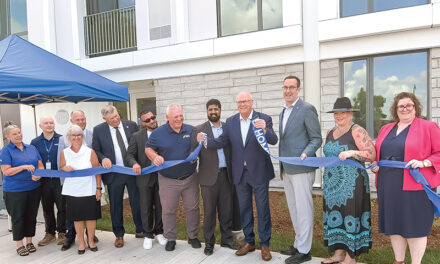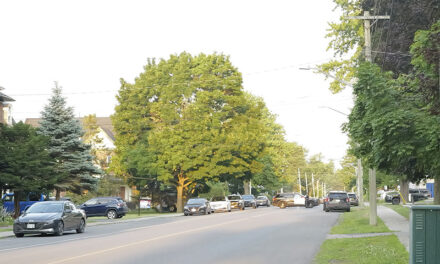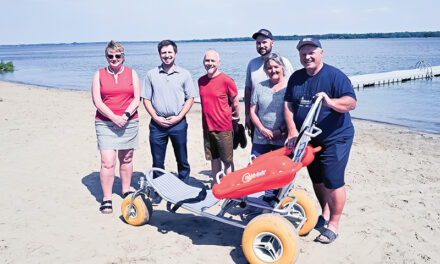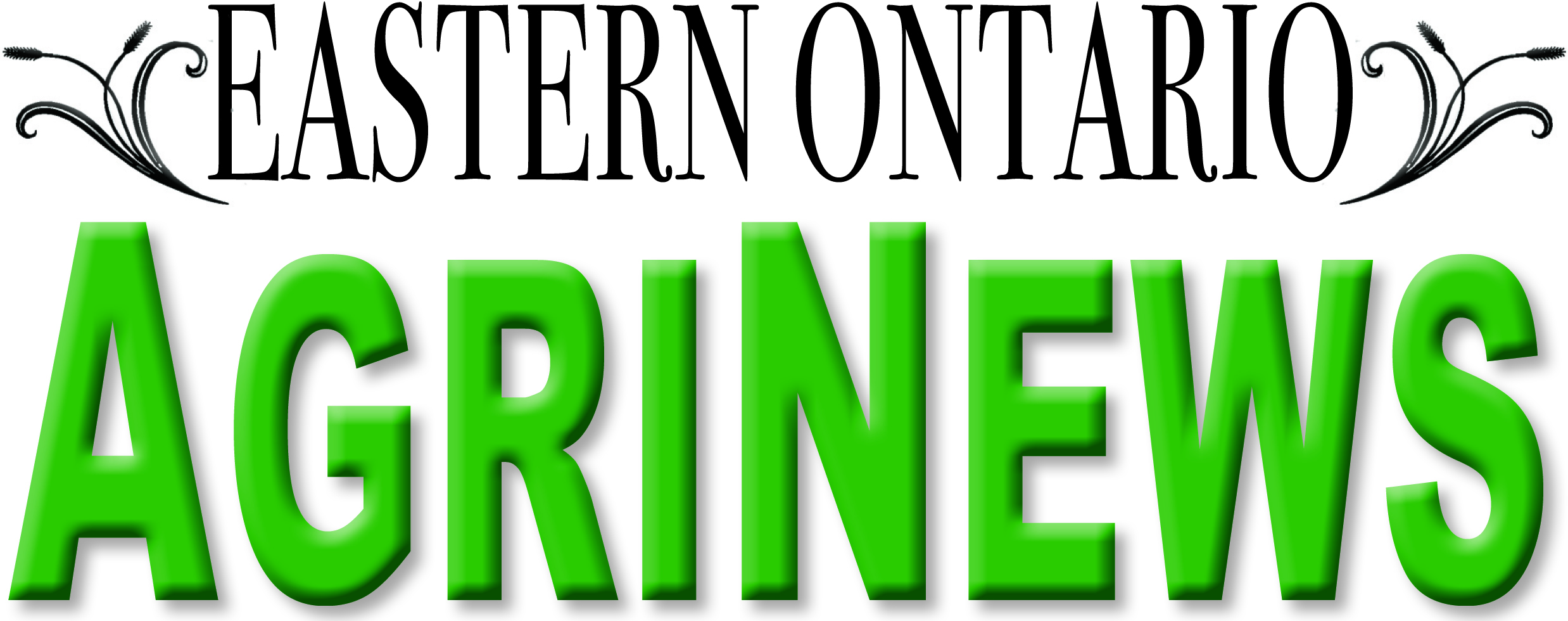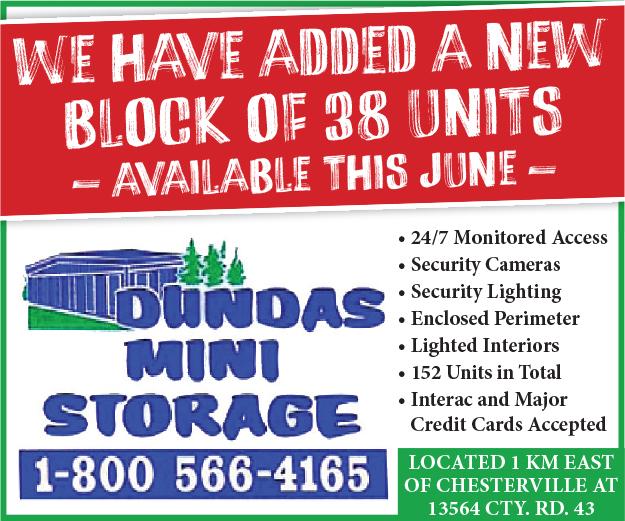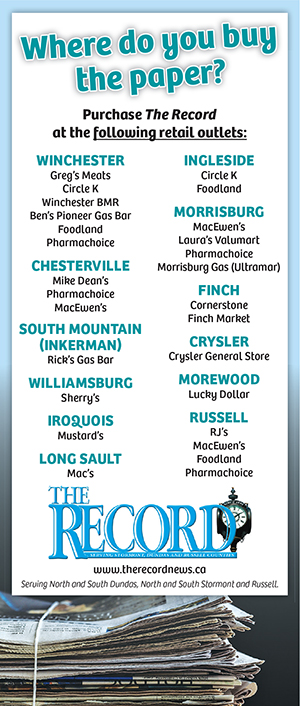Sandy Casselman
Local Journalism Initiative Reporter
LONG SAULT – Last week, the township of South Stormont finished its 2021 budget deliberations with a 1.85 per cent tax rate increase.
The March 16 special council meeting saw staff return to council with answers to questions and comments made during the previous budget session. While staff recommended a two per cent increase to the tax rate, by the end of the two-hour session, council had landed on the 1.85 per cent increase. Treasurer David Ni will bring the updated budget back to council on March 24 for bylaw approval.
At the outset, both Councillors Jennifer MacIsaac and Cindy Woods said they were comfortable with the suggested two per cent increase, as it would assist the municipality by adding to some of the reserves and in getting some of the needed work completed. Both Mayor Bryan McGillis and Deputy Mayor David Smith were looking at finding ways to bring the tax rate down from two per cent. While in agreement with the mayor and deputy-mayor, Coun. Andrew Guindon pushed for money to be put aside for furnace issues at both the St. Andrews and Newington rinks.
“I feel we have a duty to responsible taxation. I think we need to be proactive, not reactive. The discussion that we’ve had in the past is why we want to look at multi-year budgets, so that there’s some rate stability in the future,” MacIsaac said. “We just listened to our presentation from our treasurer telling us that we need more in reserves and we don’t want to debenture all of our projects; we are debenturing quite a few already, so I think that we’re in a prime year where we’re not seeing the MPAC (Municipal Property Assessment Corporation) increase that could have been, because of COVID-19. We already know the impact from the [United Counties of Stormont, Dundas and Glengarry] and the education rate. And so, for the minimal impact to change that rate, I’d rather see it stay at two per cent so that we can be funding our future.”
As treasurer David Ni explained, the difference between a two per cent and a 1.85 per cent tax rate increase is $0.69 on a property assessed at $100,000 and $2.09 on a $300,000 property.
“I think, yes, I agree with Deputy Mayor Smith, I think that it’s the reason why stores sell things for $9.99 instead of $10, but I want to be responsible here and make those pennies count,” MacIsaac said in response to a comment from Smith about tax rate and public perception.
With a two per cent tax rate increase, property tax for a home assessed at $100,000 would be $1,204.66, which is $4.34 higher than 2020. A $300,000 property would have a tax of $3,613.99, which is $13.03 higher than last year. As it sits now with a 1.85 per cent tax rate increase, property tax for a home assessed at $100,000 will be $1,203.97, which is $3.65 higher than 2020. A $300,000 property will have a tax of $3,611.90, which is $10.94 higher than last year.
Each member of council agreed they would like to see tax rate stability from year to year and, in the end, settled on the 1.85 per cent tax rate increase. They each remarked on how easy staff had made this year’s budget deliberations, thanking them for their hard work and dedication.
“I think it’s a privilege working with you-all of council. It’s great; with the comments you come up with. I want to thank staff again,” McGillis said. “We’re doing really well and I’m happy to be sitting here and proud to be here in South Stormont.”
